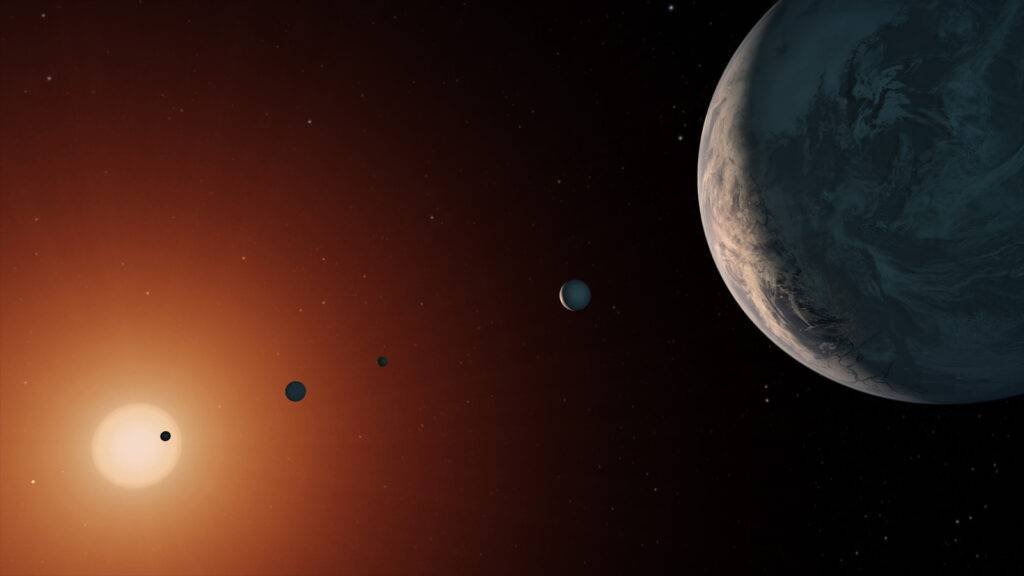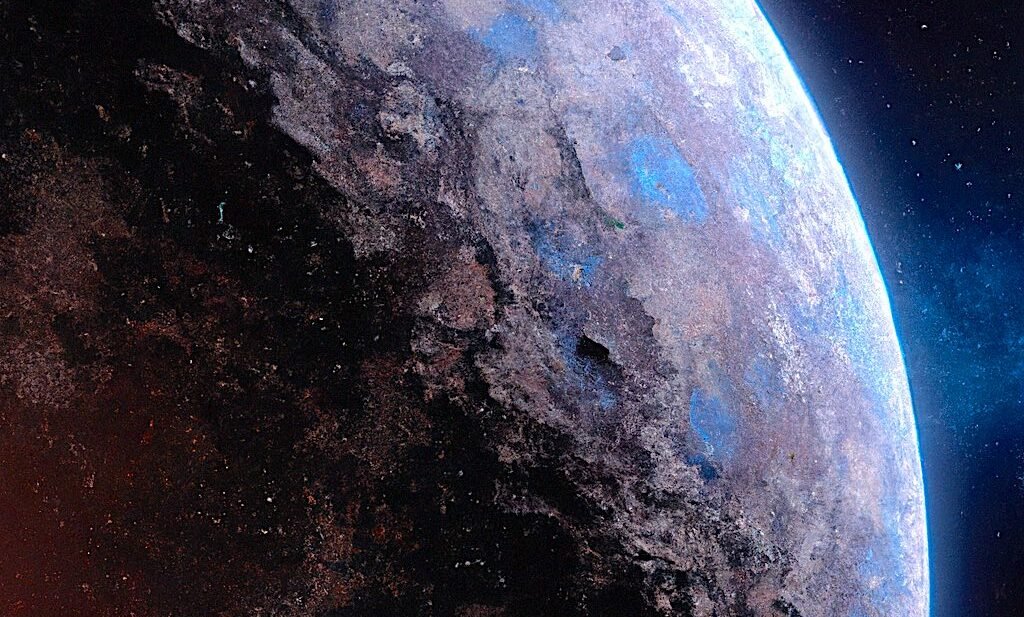The hunt for habitable exoplanets has taken a new turn with a groundbreaking discovery made by an international team of scientists from the University of Birmingham (UK), the Massachusetts Institute of Technology (MIT), and others. The team has formulated a novel technique to locate planets that could potentially harbor life, using an analysis of carbon dioxide (CO2) levels in their atmospheres and comparing these values with those of neighboring planets.
The new study, published in Nature Astronomy, offers an unprecedented scope in determining the presence of life far beyond our own solar system.
Traditionally, planets within the ‘habitable zone’ – dubbed the ‘Goldilocks zone’ – have been the prime suspect for potentially habitable planets. However, the ability to confirm the existence of liquid water on these celestial bodies has remained elusive, despite theoretical paradigms.
In an innovative transition, scientists have now devised a ‘habitability signature,’ a discernible marker that can reliably indicate the presence of liquid water on a planet. Prior to this development, the best method we had was the detection of a water ‘glint’ – the faint reflection of starlight off a planet’s liquid surface. However, this signature proved too weak for current observational facilities to pick up, making this new method a timely discovery.
Professor Amaury Triaud of the University of Birmingham, co-lead on the study, shed light on the significance of the approach and its practical feasibility.
“Measuring the amount of carbon dioxide in a planet’s atmosphere is fairly easy, as CO2 is a strong absorber in the infrared. By comparing the CO2 levels across different planets’ atmospheres, we can isolate those with oceans and thereby identify planets more likely to be able to support life,” explained Triaud.
The researchers suggest looking for planets that have lower levels of carbon in their atmospheres compared to other planets in the same system. The presence of lower carbon could indicate the presence of significant amounts of liquid water, plate tectonics, and/or biomass (material from living organisms), all of which are considered important for supporting life as we know it.
The wavelength at which carbon dioxide is best detected is at 4.3 micrometers, which falls in a spectral “sweet spot” where there is minimal noise and interference from clouds or atmospheric haze. Because of this, the researchers believe that using the James Webb Space Telescope (JWST), the detection of this “carbon depletion” could be used as an indicator of a planet’s habitability.


The strategy involves a few steps, starting with detecting an atmosphere around suitable terrestrial planets for about 10 transits (i.e., when the star’s brightness dips as the planet passes in front of it), then determining if there is low carbon in about 40 transits, and finally measuring ozone levels in about 100 transits to differentiate whether the low carbon levels are due to the presence of water or biomass.
The researchers suggest that this new concept of carbon depletion could serve as an effective signature for habitability and is adaptable for next-generation direct-imaging telescopes. This development potentially ushers in a new era in the search for habitable planets, enabling scientists to focus their efforts on celestial bodies more likely to harbor conditions supportive of life.
This method’s implications extend beyond locating habitable planets and venture into the realm of understanding environmental tipping points, acting as markers that urge us to consider the impending climate crisis on Earth in a new light.
Dr. Julien de Wit from MIT points out that the method could act as both a biosignature as well as a habitability signature. The method acknowledges that biology captures carbon dioxide on Earth, life forms account for 20% of the total captured CO2. Following this logic, the presence of oxygen, which can transform into detectable ozone, in tandem with CO2 could indicate not only habitability but also the existence of life.
Underscoring the practicality of the approach, de Wit noted that this method could work with existing telescopes. This finding offers renewed hope for the scientific community, who had begun to resign themselves to the idea that even major telescopes such as the JWST would be unable to detect life on exoplanets.
Looking ahead, the research team plans to detect atmospheric carbon dioxide compositions on a range of exoplanets, identifying those with oceans on their surfaces, and prioritizing further observations of those that could potentially support life.
MJ Banias is a journalist who covers security and technology. He is the host of The Debrief Weekly Report. You can email MJ at mj@thedebrief.org or follow him on Twitter @mjbanias.

